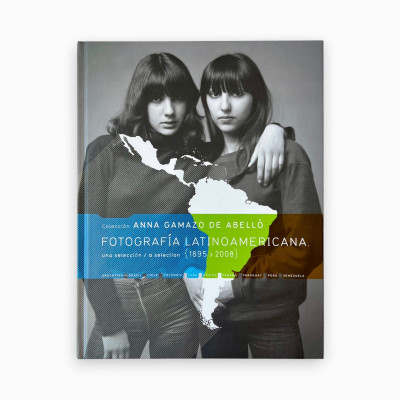Álvarez Bravo, Manuel
Manuel Álvarez Bravo, one of the founders of modern global photography, is considered the foremost representative of 20th-century Latin American photography. His work spans from the late 1920s to the 1990s. He was born in the heart of Mexico City on February 4, 1902. He interrupted his studies at the age of twelve upon his father’s death and began working to support his family, first in a textile factory and later at the General Treasury of the Nation. His grandfather, a painter, and his father, a teacher, were photography enthusiasts. His early discovery of the camera's potential led him to self-teach all photographic processes as well as graphic techniques. Initially, he engaged with pictorialism, influenced by his studies in painting at the San Carlos Academy. He later explored modern aesthetics with the discovery of Cubism and the possibilities of abstraction. In 1930, he began working in documentary photography: Tina Modotti, upon being deported from Mexico, left him her job at the magazine Mexican Folkways, and he started working for the muralist painters Diego Rivera, José Clemente Orozco, and David Alfaro Siqueiros.
Álvarez Bravo is an emblematic figure of the period following the Mexican Revolution known as the Mexican Renaissance. This was a time whose richness stemmed from the successful, though not always serene, coexistence of a desire for modernization and a search for an identity with its own roots, where archaeology, history, and ethnology played a significant role, parallel to the arts. Álvarez Bravo embodies both trends in the realm of visual arts. From 1943 to 1959, he worked in cinema, producing still photographs, which led him to create some personal experiments. During his lifetime, he presented more than 150 solo exhibitions and participated in over 200 group exhibitions. According to numerous critics, the work of this “poet of the lens” expresses the essence of Mexico, but the humanistic gaze reflected in his work, along with the aesthetic, literary, and musical references it contains, also gives it a universal dimension. He passed away on October 19, 2002, at the age of one hundred.












